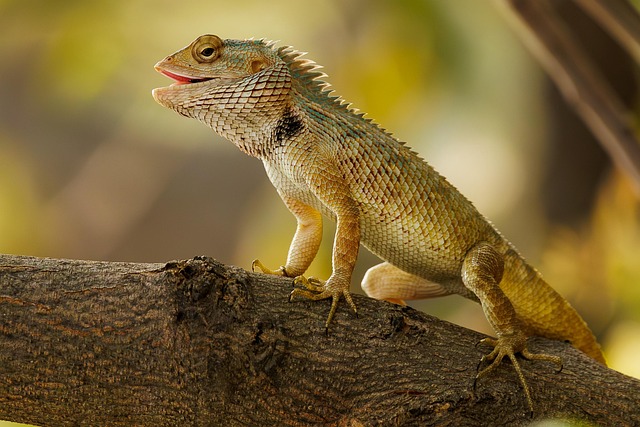
Exploring the Intricate Nesting Habits of Reptiles in the Wild
The world of reptiles is as fascinating as it is diverse, showcasing a remarkable array of nesting habits that reflect the intricate relationship these creatures have with their environment. From the arid deserts to the lush rainforests, reptiles exhibit unique behaviors when it comes to finding the perfect nest for their offspring. Understanding these nesting habits not only provides insight into the survival strategies of reptiles but also deepens our appreciation for the complexity of nature.
Nests serve as crucial sanctuaries for reptile eggs, offering protection from predators and environmental factors. For instance, the aptly named green sea turtle travels thousands of miles to return to the same beach where it was born, creating a nest in the sand where it lays its eggs. The warmth of the sun incubates these eggs, ensuring a higher chance of survival for the hatchlings. This instinctual journey speaks volumes about the deep-rooted connections these animals have with their chosen nesting sites.
In the reptile kingdom, not all nests are constructed the same. Some species, like the crocodile, exhibit parental care by guarding their nests fiercely against threats. The mother crocodile will often remain nearby until the eggs hatch, offering a unique perspective on nurturing behavior in a group typically understood as more solitary. This protective instinct highlights the social dynamics that can exist even in the most ancient of creatures.
Other reptiles, like many lizards, take a different approach. They often lay their eggs in hidden locations such as beneath rocks or in burrows, relying on the cover of dense foliage or other natural structures to shield their nests from potential dangers. This strategy showcases a remarkable adaptability, capitalizing on the environment to enhance the chances of survival for the young lizards. Each of these methods is a testament to the intricate workings of nature, orchestrated over centuries to evolve into the perfect nesting habits.
Moreover, the nesting habits of reptiles reveal the delicate balance between life and its surroundings. In regions where climate change or habitat destruction threatens the natural world, the future of these nests—and the species that rely on them—hangs in the balance. As human activity encroaches on natural habitats, it is essential to understand the significance of preserving the nesting areas critical for species survival. Every nest matters; it serves as not only a breeding ground but a vital aspect of ecological stability.
As we explore the many facets of reptile nesting habits, we also invite reflections on our relationship with the natural world. The resilience demonstrated by these creatures in the wild inspires a sense of wonder and a call to action to advocate for conservation. By studying and appreciating these profound connections between reptiles and their nesting traditions, we foster a deeper understanding of our role in preserving the intricate web of life on our planet.
In essence, observing reptiles as they prepare and protect their nests offers a glimpse into the heart of nature’s designs. Whether it’s the deliberate selection of a nesting site or the instinctual behavior of guarding their young, each action speaks to the survival and continuation of their species. Every nest is a story waiting to be told, a testament to the impact of context on behavior in the wild. As we continue to uncover the mysteries of reptile nesting habits, we not only enrich our knowledge but also deepen our emotional ties to the wondrous tapestry of life that surrounds us.



